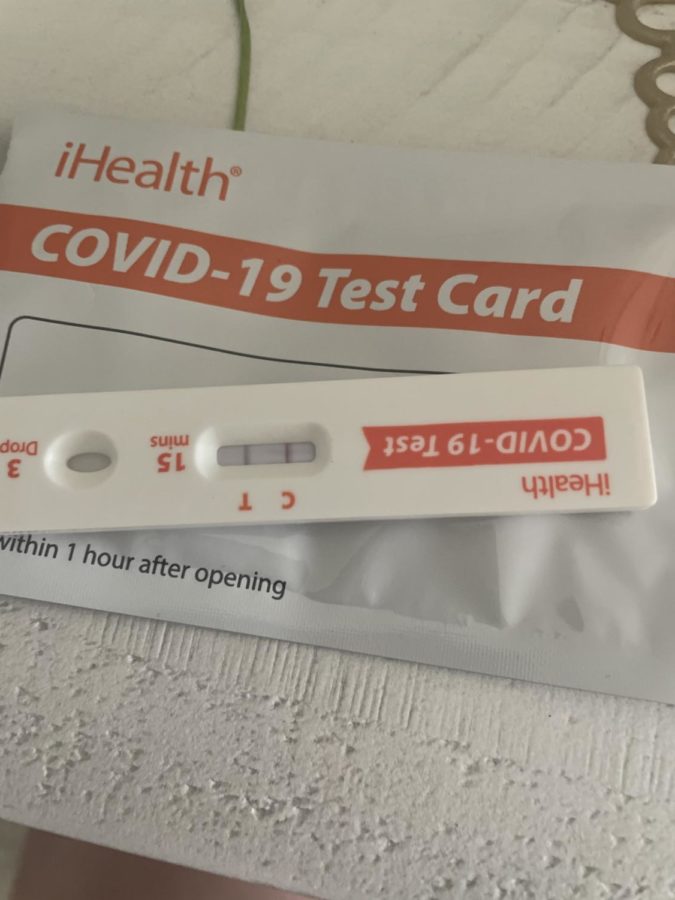Why You Should Go to School With COVID
What we could’ve learned from schools online era
Ever since school fully came back in person in the fall of 2021, flu season isn’t the only sickness to worry about spreading.
It’s no secret online school was difficult for many people. Teachers had to spend hours lecturing to silent profile icons, while students often felt isolated and confused during lessons, but unsure who to turn to for support. There was a clear disconnect between teachers and students. Now that life has seemingly gone back to normal, it makes sense people want to move back to how things were before COVID, and pretend like the last two years never happened.
But COVID still exists, with quarantine policies and the virus’s capacity for severe symptoms, it often can take students out of school for weeks at a time, sometimes even months. And COVID isn’t the only sickness to worry about. The flu, colds, and countless other viruses also spread quickly among peers and staff alike during the unending winter months. As frustrating as online learning was, there were certain aspects that made it more accessible to students who otherwise wouldn’t have been able to attend school.
Multiple students attest that one of the biggest anxiety while being sick, isn’t the illness itself, but the stress of catching up on the piles of makeup work when they get back.
Allie Grasso ‘23, one of the many students who had previously been stuck at home for weeks at a time while recovering from COVID, confirms the difficulty of being absent. “A big part of learning is having community in the classroom, and having a bond with other students. So without that it was hard to understand the material.”
Other students agree that, while teachers usually have no problem giving students the assignments they need completed by the time they’re back in school, they’re oftentimes left on their own to actually learn and understand the new material. Priya Devanesan ‘23 says, “Teachers are good at giving me time to do the assignments, but weren’t great at making sure I actually got the content I missed.”
It seems again that with a physical divide between students and teachers, the disconnect between them also flares up. This is where technology could heavily assist with learning. Making sure Schoology is updated with daily lesson plans, and giving absent students the missed material in advance greatly increases their ability to learn the content.
Violet Myers ‘23 states, “Having a live Google Meet we could sign into could also be helpful. Even just having recordings of the lessons would be beneficial to students.” Despite the difficulty of hybrid learning, allowing students who feel well enough the option to watch lesson plans and ask questions live could also be helpful to absent students.
There’s very few concrete solutions to this issue. No matter how accommodating a teacher is, there’s not always something that can be done about a student who misses weeks of school, and isn’t well enough to get caught up on work while they’re sick. Teachers have countless lessons they need to plan, and dozens of students to help and teach. It’s unfair to ask already exceedingly busy staff to reach out to every student who is absent. At the end of the day, it’s the students responsibility to schedule meetings with the teacher and get caught up on work they missed.
Without a mask mandate or social distancing, it’s easy to forget that COVID still exists and is going strong. It only takes one exposure to be taken out for weeks at a time, abruptly halting your life, school, or job in its tracks. The absolute best thing a teacher can do to help students is be understanding when they need to miss school, and compassionate while they’re trying to get caught up on schoolwork.


